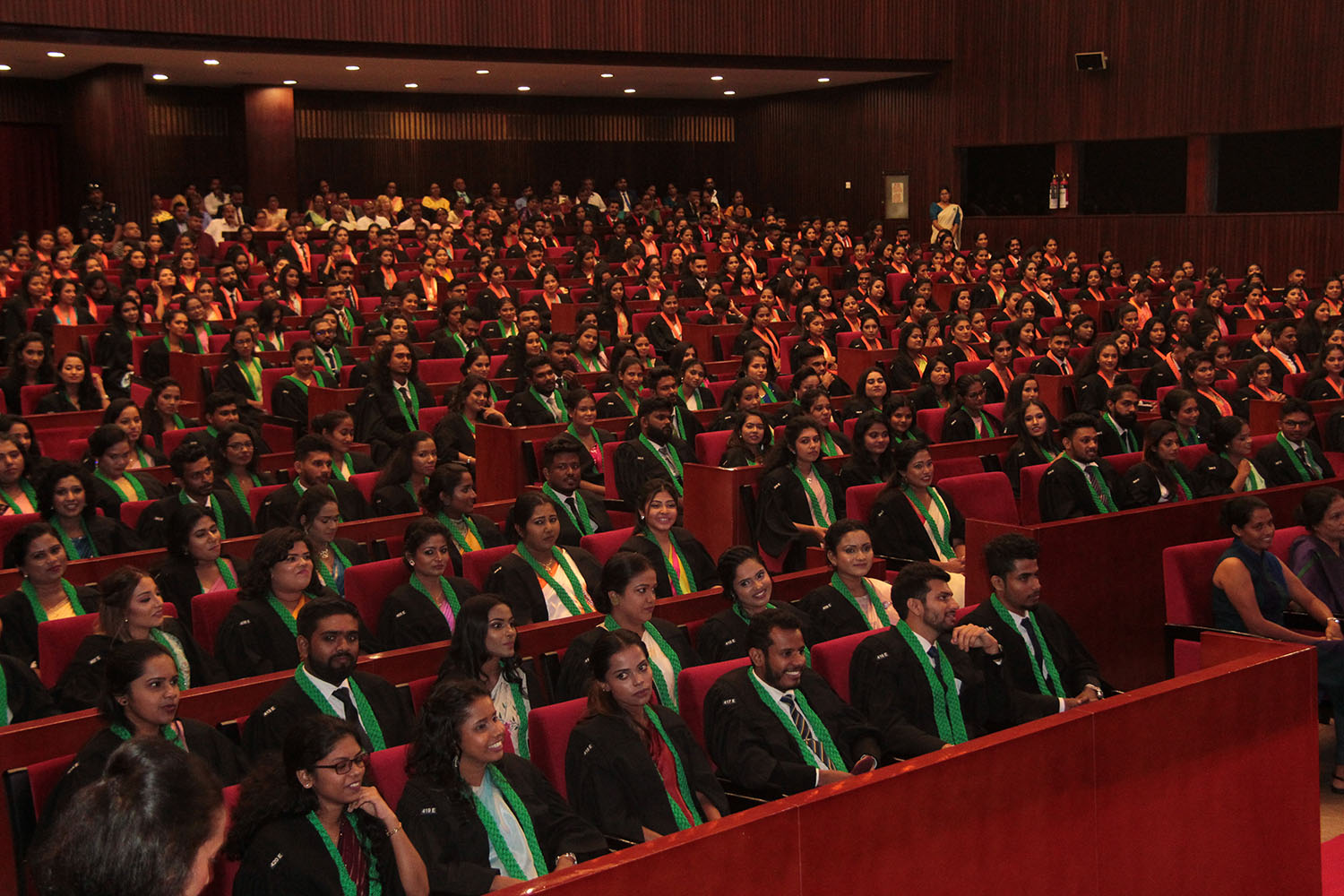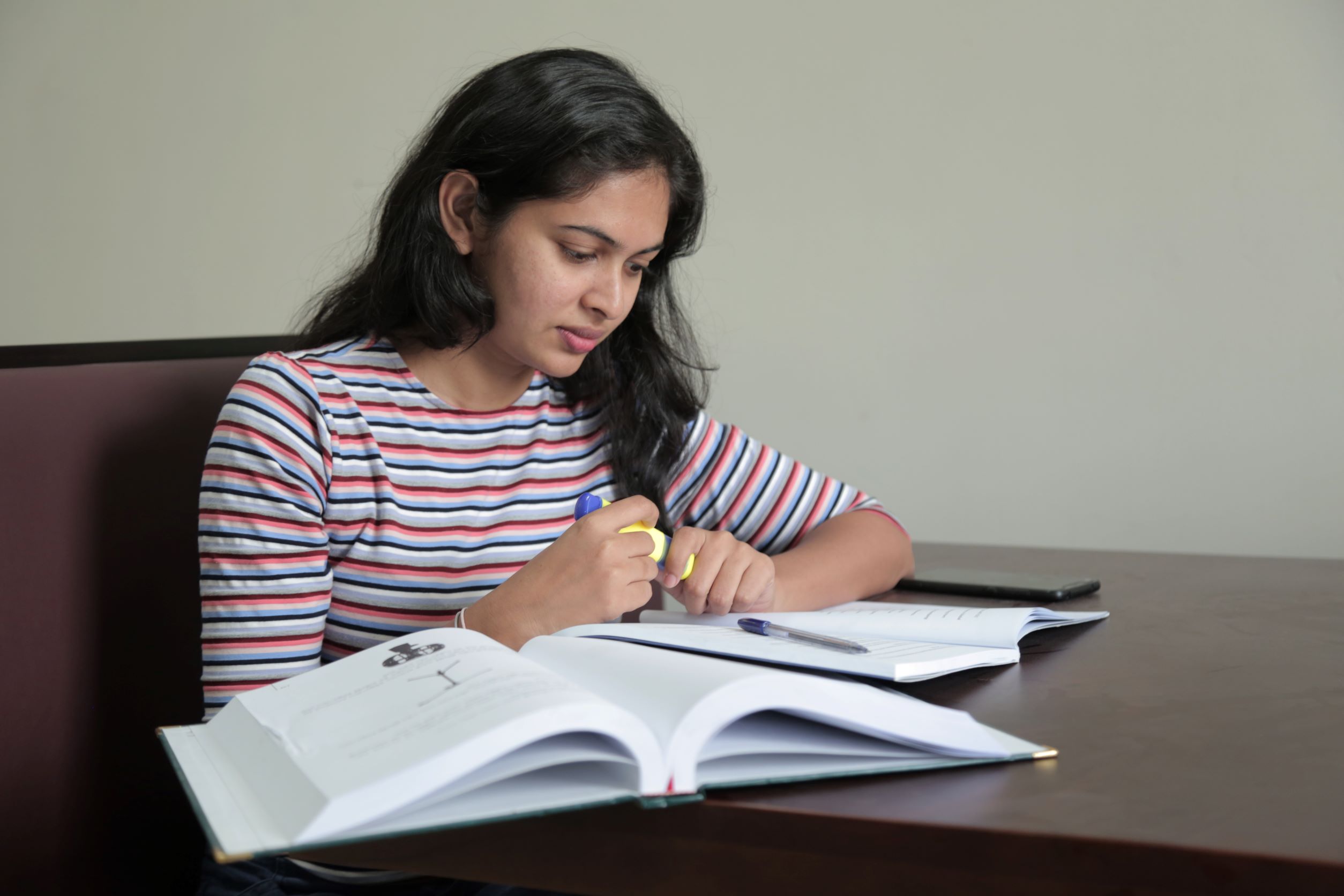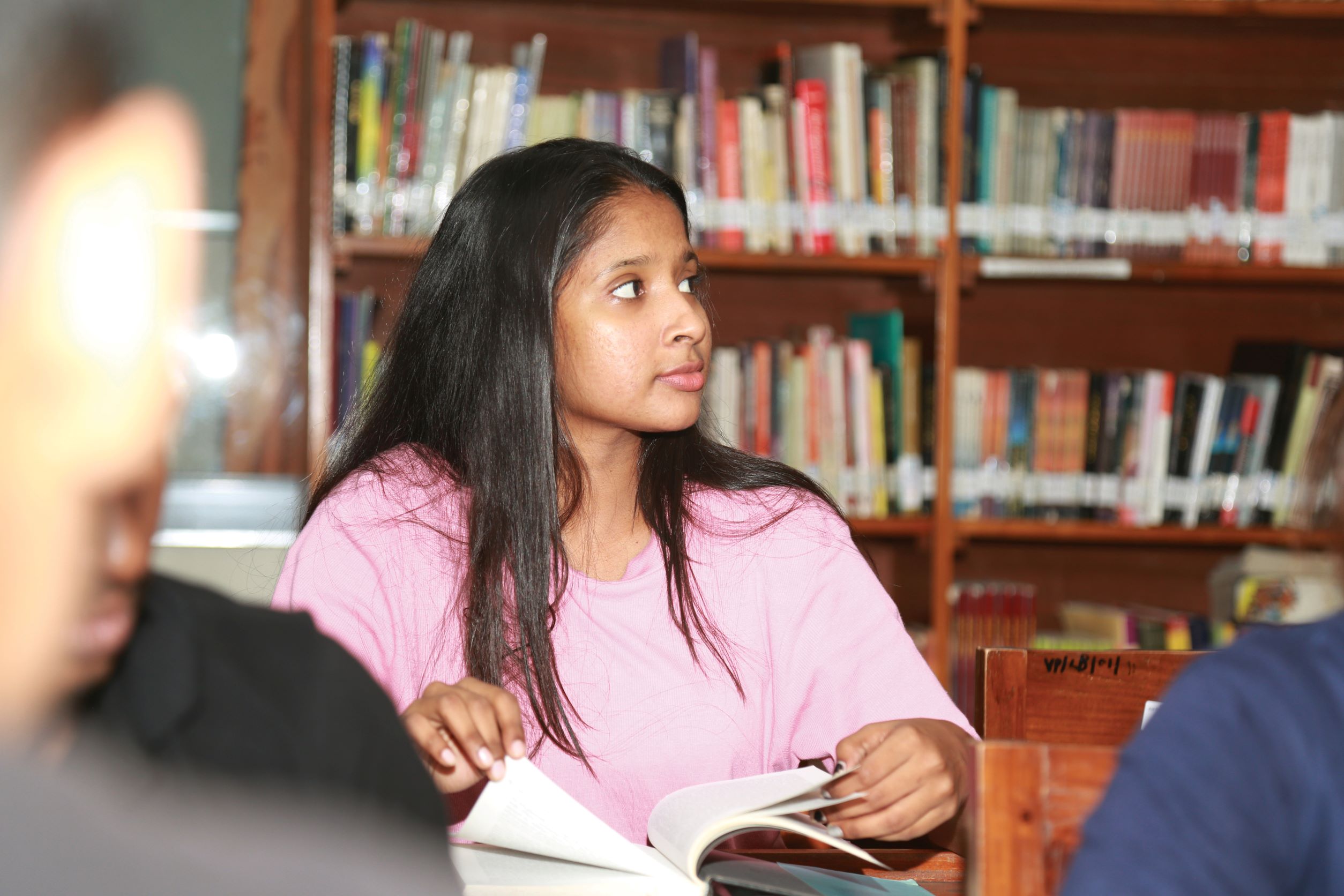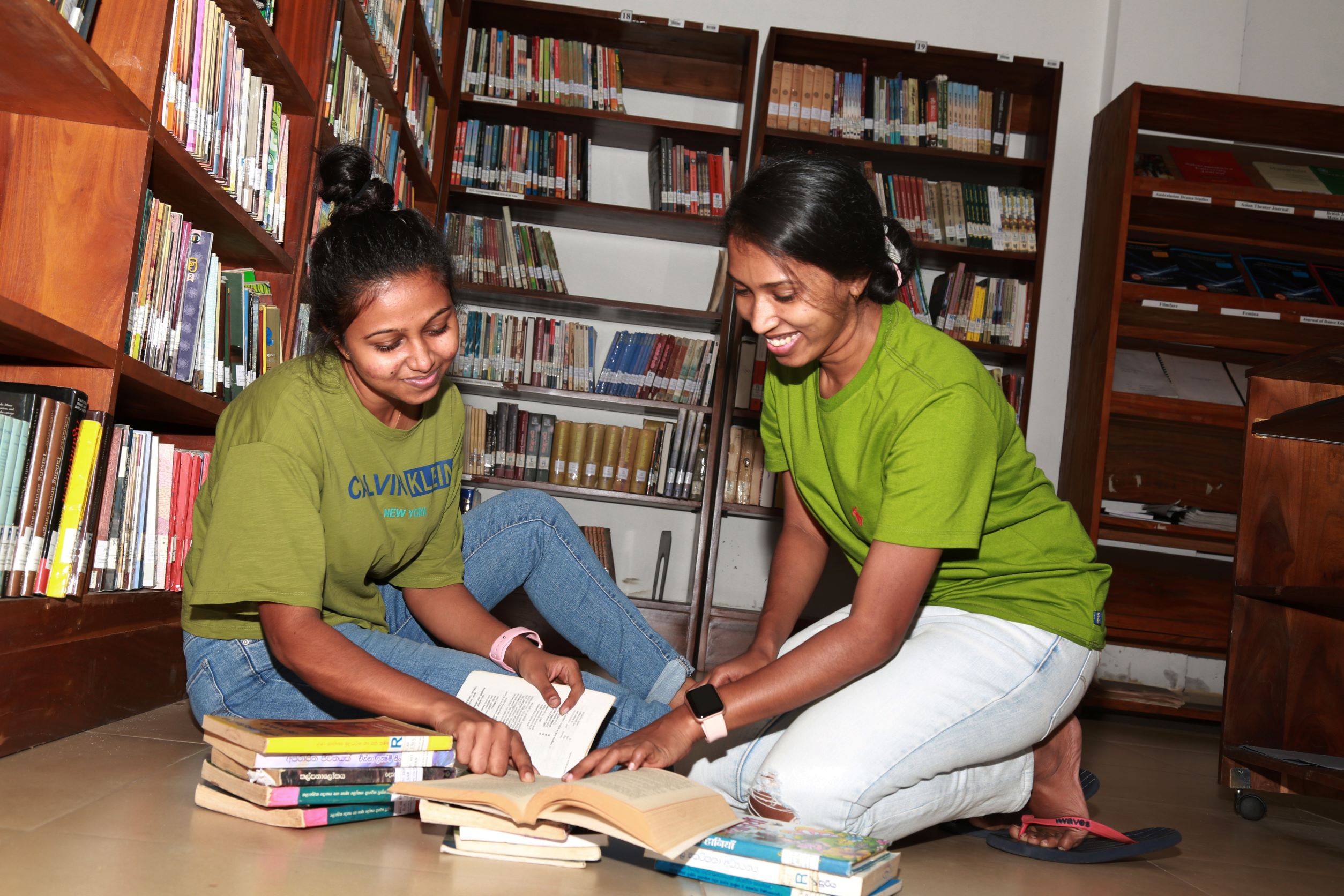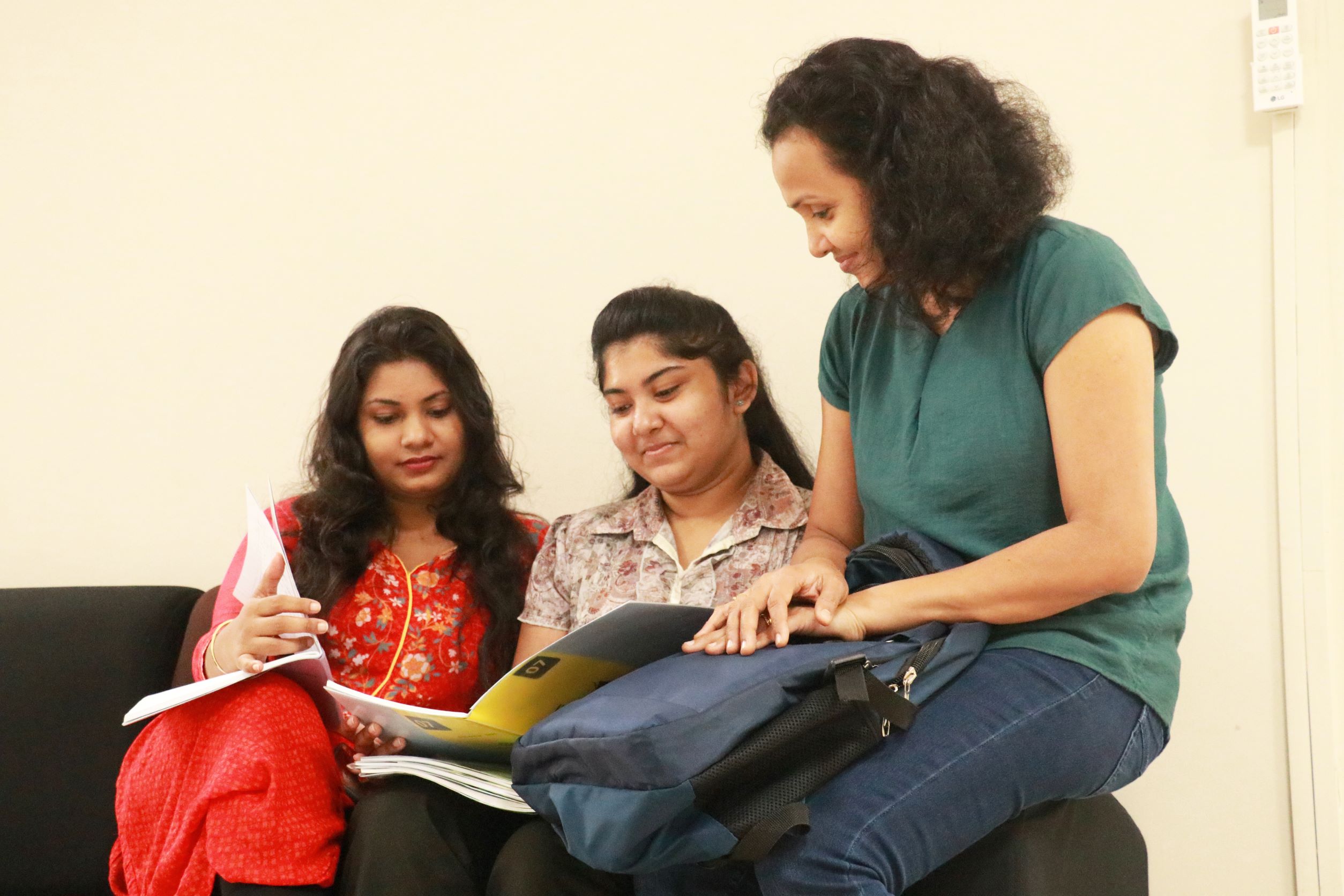Is Baila a Dance in Sri Lanka?
Written by – Prof. Shihan de Silva Jayasuriya
(Sarath Amunugama Visiting Professor in FGS-UVPA)
29 July 2025
 Baila is a Sinhala word adopted from Portuguese. The Portuguese word bailar means ‘to dance’. But the meanings of words are not static across time and space. Baila or more precisely, Chorus Baila was composed by Mervin Ollington Bastiansz alias Wally Bastiansz. This urban cosmopolitan postcolonial genre caught the pulse of the newly independent nation of Ceylon emerging from four and a half centuries of European colonisation (1506-1948). Contrary to popular understanding, I argue that Baila is a narrative poem set to music, which calls for dance (de Silva Jayasuriya 2013). Lyrics of baila are of paramount importance and promulgate nationalist sentiments and local sociocultural values. Cutting across barriers of ethnicity, religion, age, gender and socioeconomic class, baila signifies a new identity which inevitably reflects the colonial past whilst incorporating local values and customs through sentimental lyrics. Bastiansz could be considered the Nation’s unacknowledged educator.
Baila is a Sinhala word adopted from Portuguese. The Portuguese word bailar means ‘to dance’. But the meanings of words are not static across time and space. Baila or more precisely, Chorus Baila was composed by Mervin Ollington Bastiansz alias Wally Bastiansz. This urban cosmopolitan postcolonial genre caught the pulse of the newly independent nation of Ceylon emerging from four and a half centuries of European colonisation (1506-1948). Contrary to popular understanding, I argue that Baila is a narrative poem set to music, which calls for dance (de Silva Jayasuriya 2013). Lyrics of baila are of paramount importance and promulgate nationalist sentiments and local sociocultural values. Cutting across barriers of ethnicity, religion, age, gender and socioeconomic class, baila signifies a new identity which inevitably reflects the colonial past whilst incorporating local values and customs through sentimental lyrics. Bastiansz could be considered the Nation’s unacknowledged educator.
Chorus Baila is not to be confused with a musical debate of wit and repartée known as Vada Baila, a genre of spontaneous sung poetry, an art which the composer of Chorus Baila had championed. Devar Surya Sena writes at the dawn of independence in 1948 that “Baila is another foreign importation which remains immensely popular at parties where Sinhalese words are composed extempore and sung to the Baila tune. That the Sinhalese have the gift of extempore composition is evident from the Viridu — a metrical pattern song sung to a rhythm on the Rabana” (Surya Sena 1948, 65). He (Surya Sena 1948, 65) adds that “The lilting rhythm and tunes of the “Kaffrinha”, danced by Portuguese mercenaries, some of whom were Kaffirs, fell on willing ears in the maritime provinces. Sinhalese words were immediately put to them and the Kaffrinha tunes are still sung and danced with gusto.” Baila is often confused with Kaffrinha due to its association with Portuguese and African music (de Silva Jayasuriya 2020). Kaffrinha, nevertheless, was an inspiration for the composer of Chorus Baila as I argue in my article “Theorising on the Genesis of Chorus Baila” (2024).
References
de Silva Jayasuriya, S. (2013). Postcolonial innovations in Sri Lankan popular music: Dynamics of Kaffrinha and Baila. International Journal of Ethnic and Social Studies, 2(1), 1–29.
de Silva Jayasuriya, S. (2020). Africa in South Asia: Hybridity in Sri Lankan Kaffrinha. South Asian History and Culture, 11(4), 390–406. https://doi.org/10.1080/19472498.2020.1827595
de Silva Jayasuriya, S. (2024). Theorising on the genesis of chorus Baila. Musicological Annual, 60(2), 9–32. https://doi.org/10.4312/mz.60.2.9-32
Surya Sena, D. (1948). Sinhalese music. In Pageant of Lanka to celebrate independence of Ceylon (pp. 61–65). Colombo.

